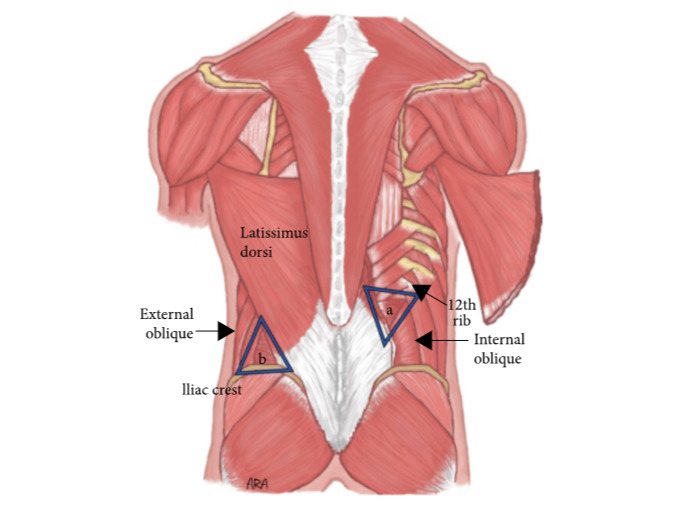Playlist
Show Playlist
Hide Playlist
Coccygeal Plexus – Lumbosacral Plexus
-
Slides 03 LowerLimbAnatomy Pickering.pdf
-
Download Lecture Overview
00:00 So briefly then to finish just the coccygeal plexus, and this really is just the coccygeal nerve. The coccygeal nerve which gives rise to nerve to levator ani and nerve to coccygeus coming really from S3, S4, and these are supplying the muscles of the pelvic floor. You’ll also have the anococcygeal nerve that’s coming from the only coccygeal segment. And this anal coccygeal nerve goes on to supply the skin between the coccyx and the anus. So we have the coccygeal plexus which is containing the only one coccygeal spinal cord segment, and the two superior ones, S5, S4. And these are supplying the coccygeal nerve to levator ani and coccygeus muscle, these muscles that form the pelvic floor. So in this lecture, we’ve looked at the lumbar plexus and its nerves, the obturator, femoral, lumbosacral trunk, iliohypogastric and ilioinguinal nerves, genitofemoral and the lateral cutaneous nerve of the thigh. We then looked at the sacral plexus where it gives rise to the sciatic, the pudendal, superior, inferior gluteal nerves, nerve to piriformis, quadratus femoris, and nerve to the gemelli, as well as the posterior femoral cutaneous nerve. And then we looked specifically at the formation of the sciatic nerve. We then finished by looking at the coccygeal plexus and how its coccygeal segment and some superior segments give rise to nerves that go and supply levator ani and coccygeus muscle, and also the anococcygeal nerve.
About the Lecture
The lecture Coccygeal Plexus – Lumbosacral Plexus by James Pickering, PhD is from the course Lower Limb Anatomy [Archive].
Included Quiz Questions
What is the largest nerve in the body?
- Sciatic nerve
- Radial nerve
- Sural nerve
- Femoral nerve
- Obturator nerve
Which compartment of the leg is supplied by the superficial fibular nerve?
- Lateral
- Anterior
- Posterior
- Medial
- Inferior
Which muscle is sometimes pierced by the sciatic nerve?
- Piriformis
- Inferior gemellus
- Superior gemellus
- Obturator externus
- Superior gluteal
Which of the following contributes to the formation of the lumbar plexus?
- Iliohypogastric
- Sciatic
- Pudendal
- Superior gluteal
- Inferior gluteal
Customer reviews
5,0 of 5 stars
| 5 Stars |
|
5 |
| 4 Stars |
|
0 |
| 3 Stars |
|
0 |
| 2 Stars |
|
0 |
| 1 Star |
|
0 |




